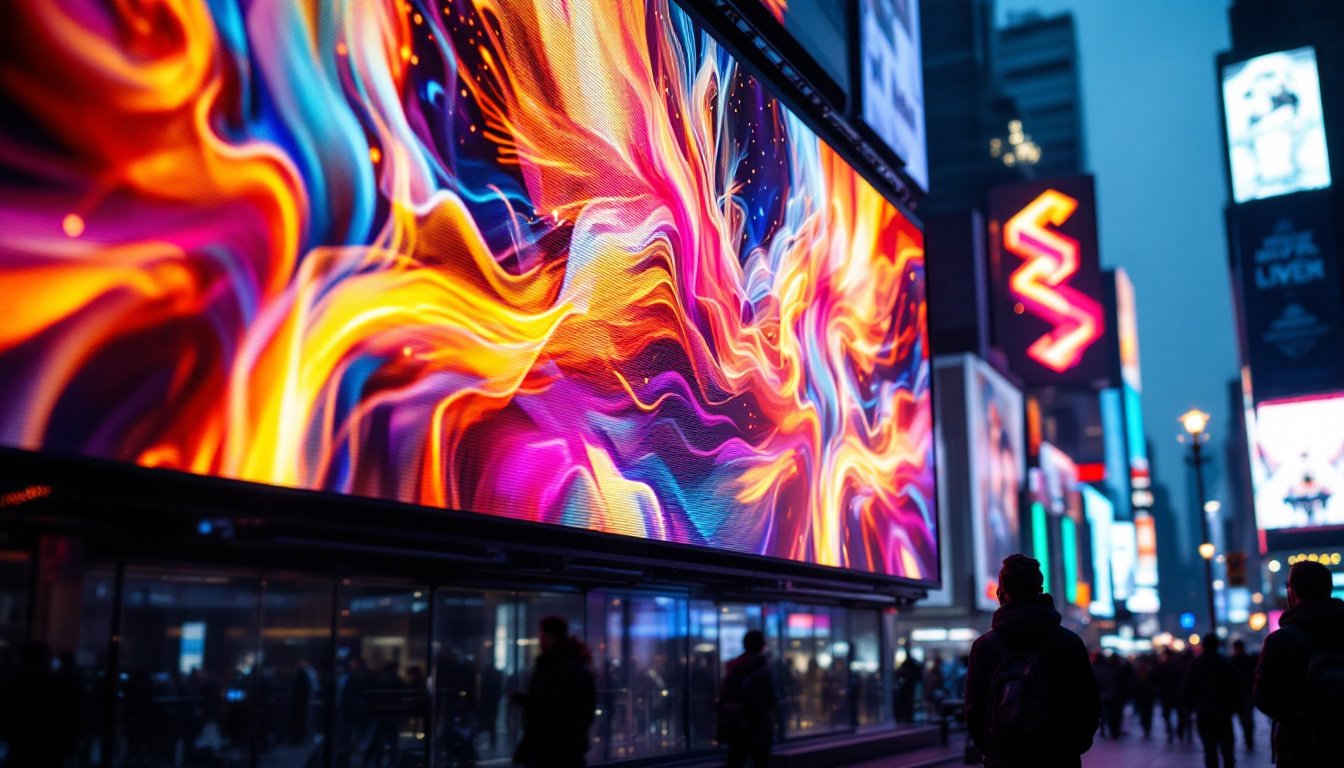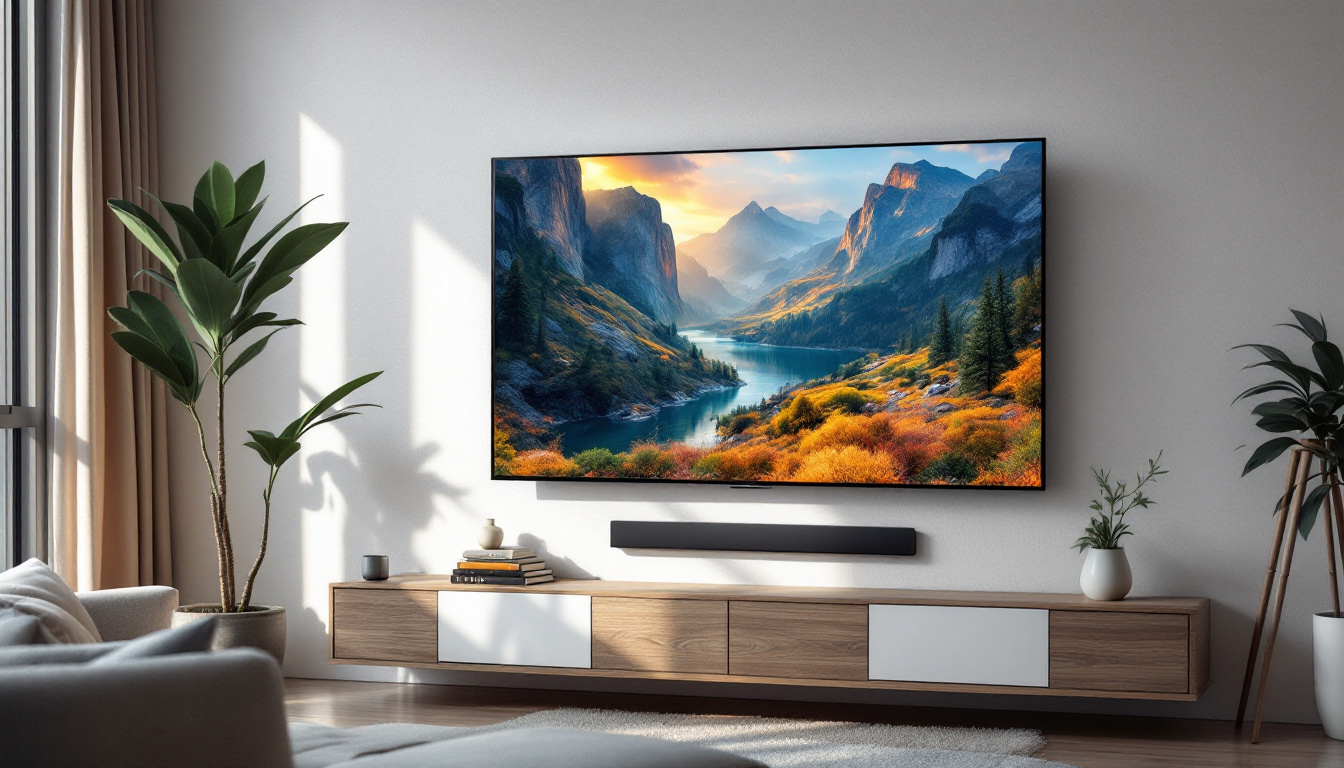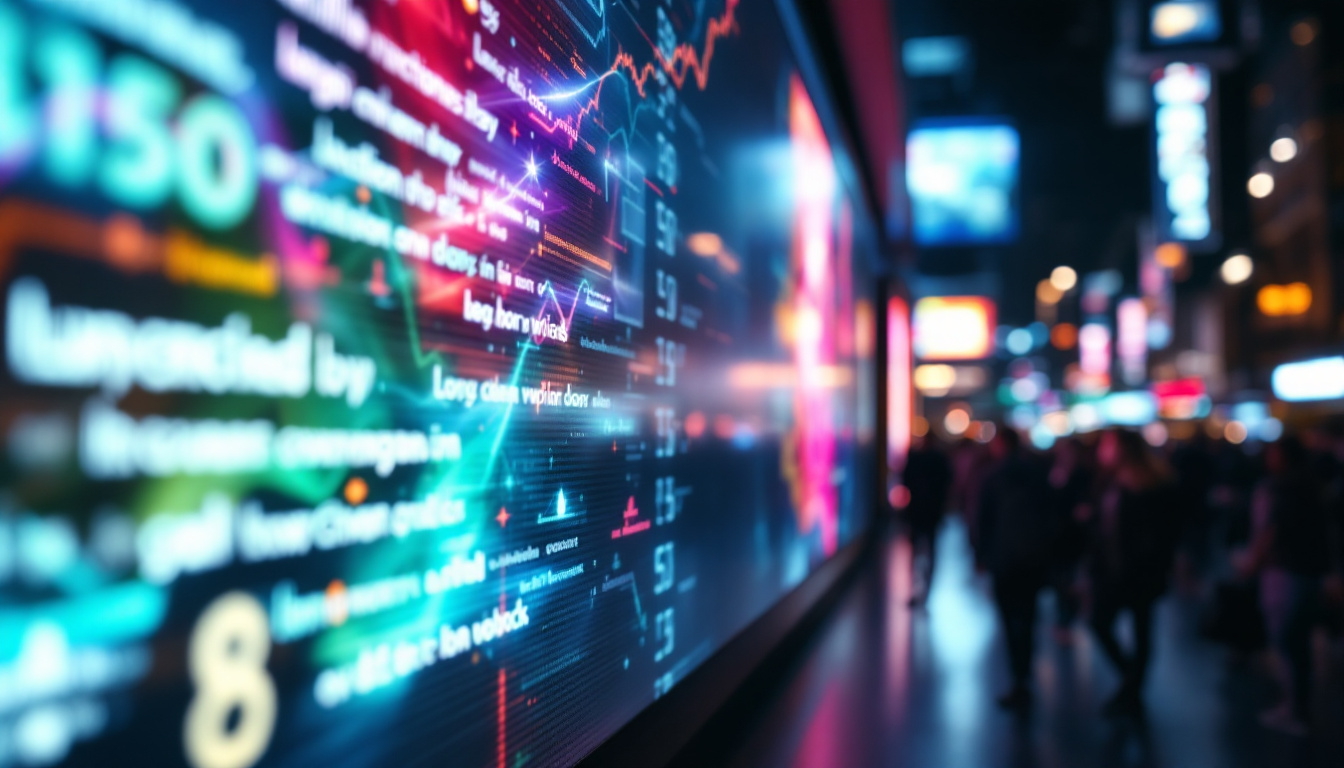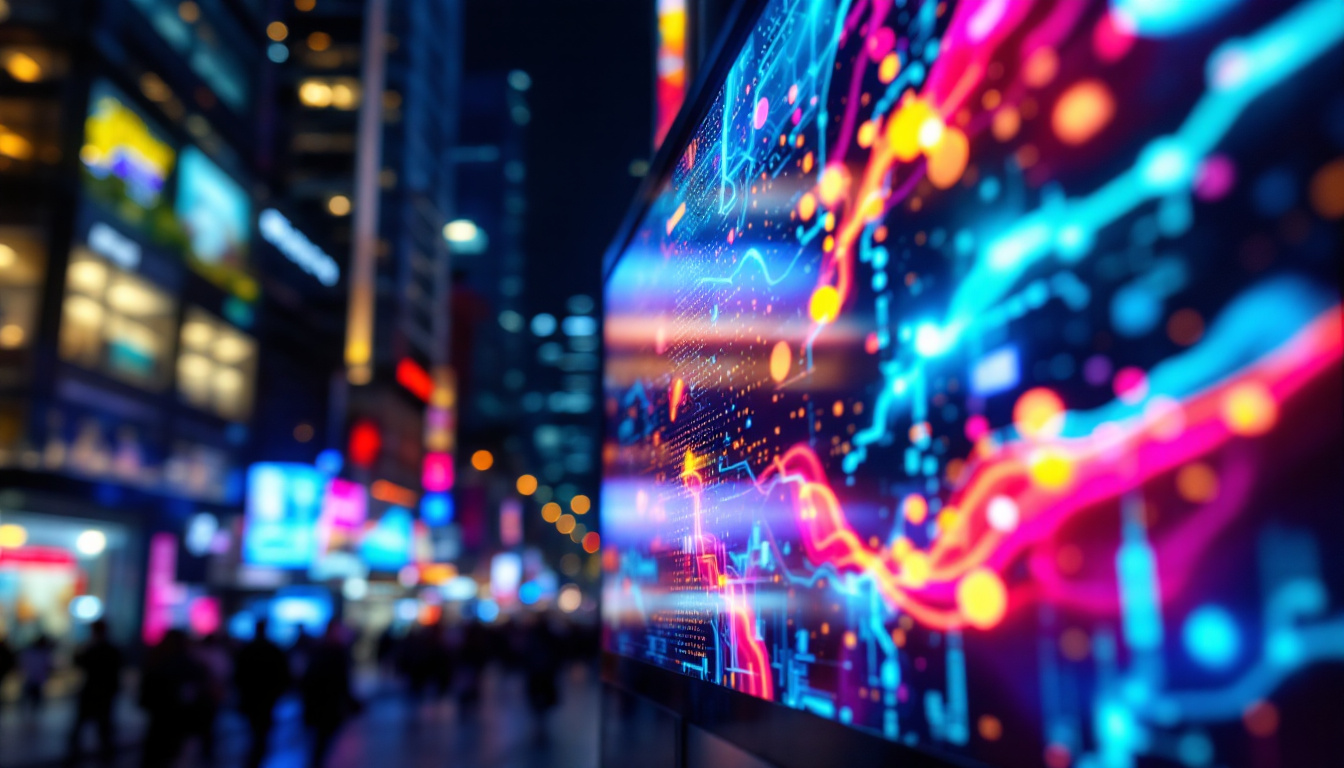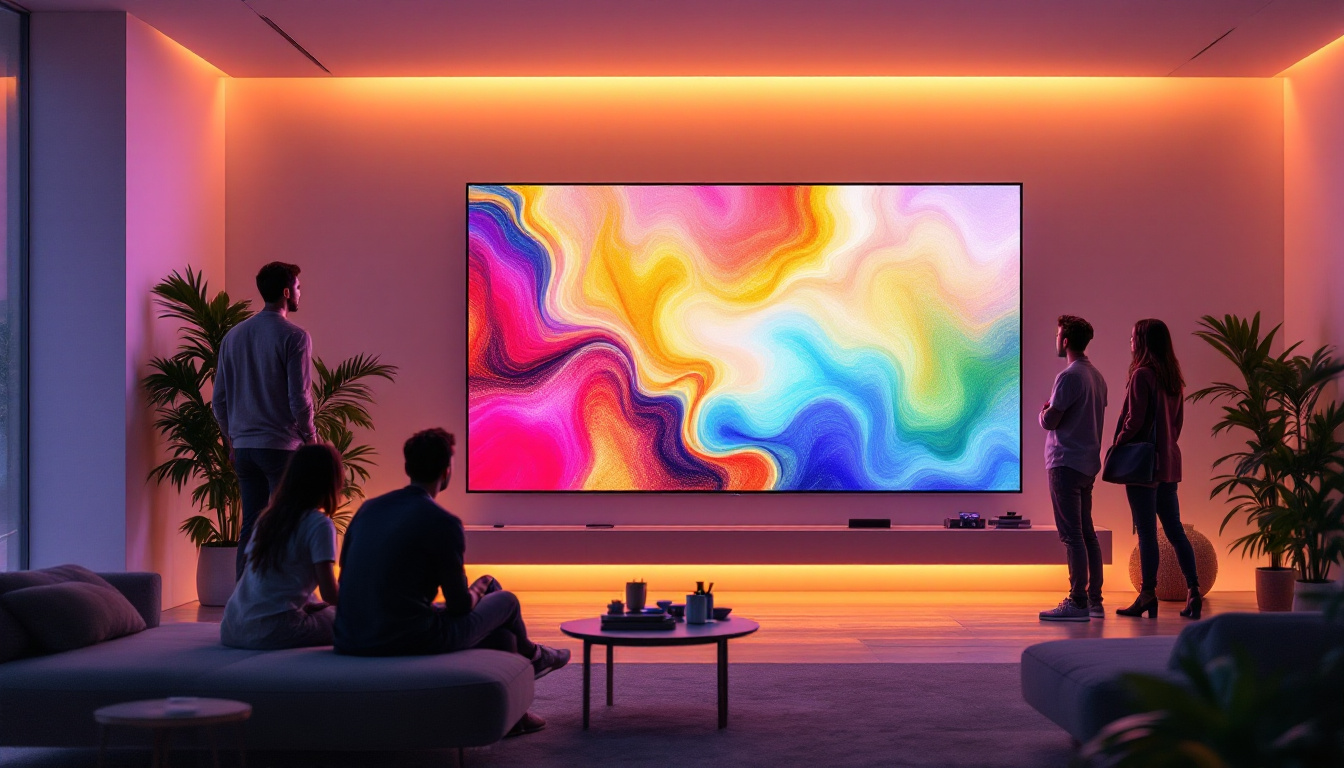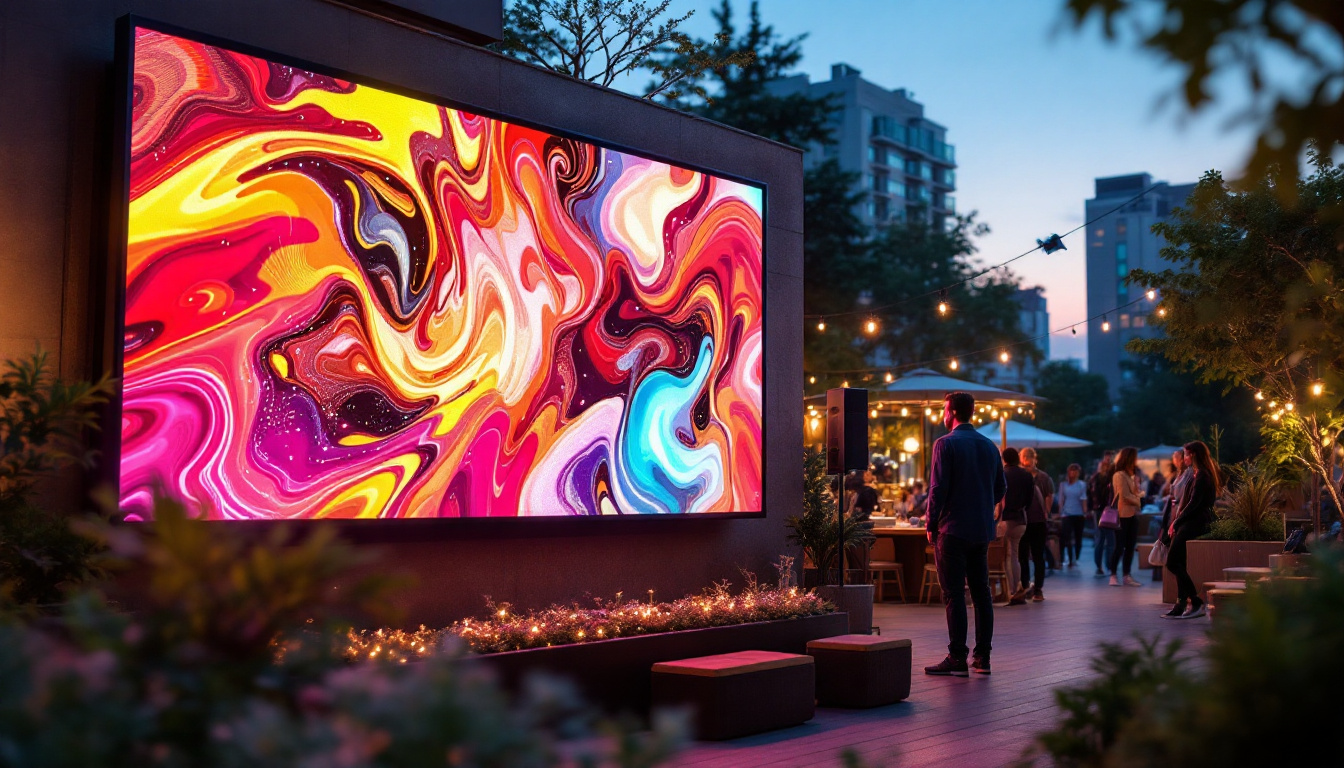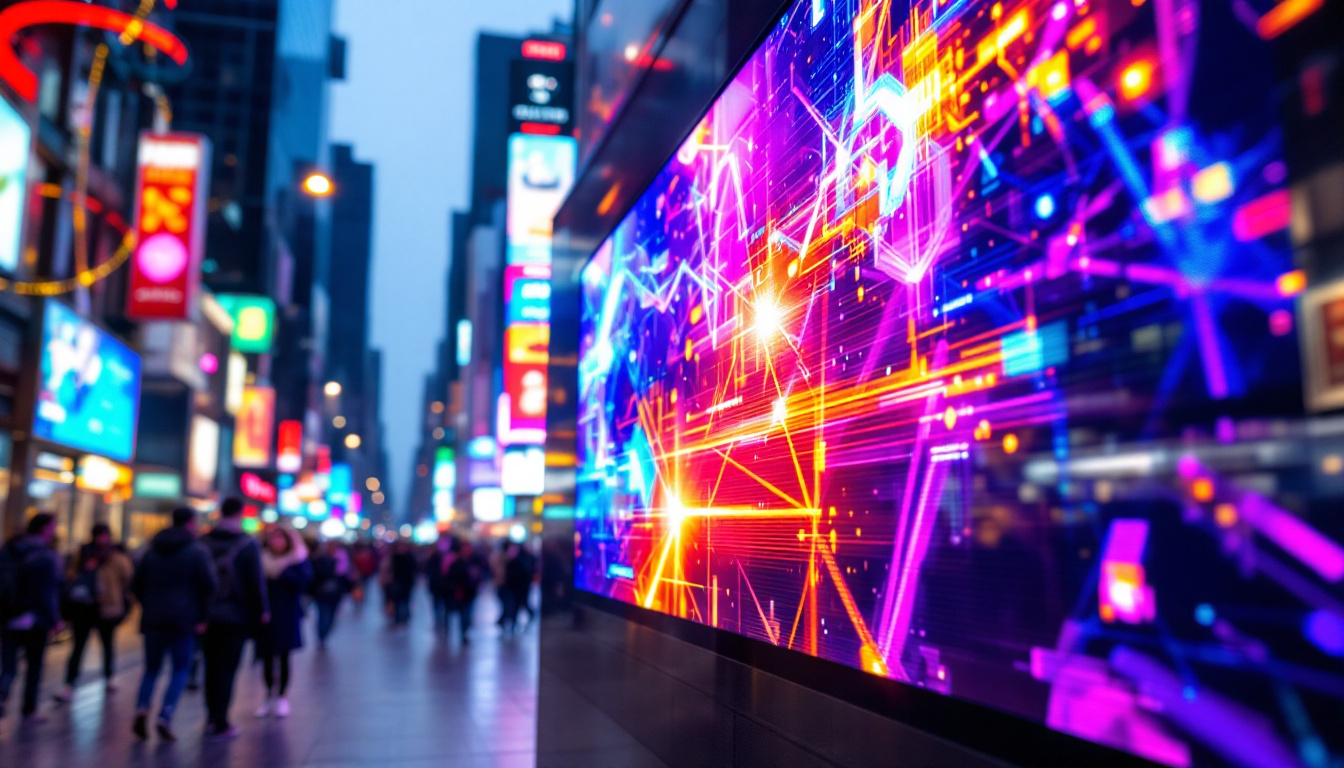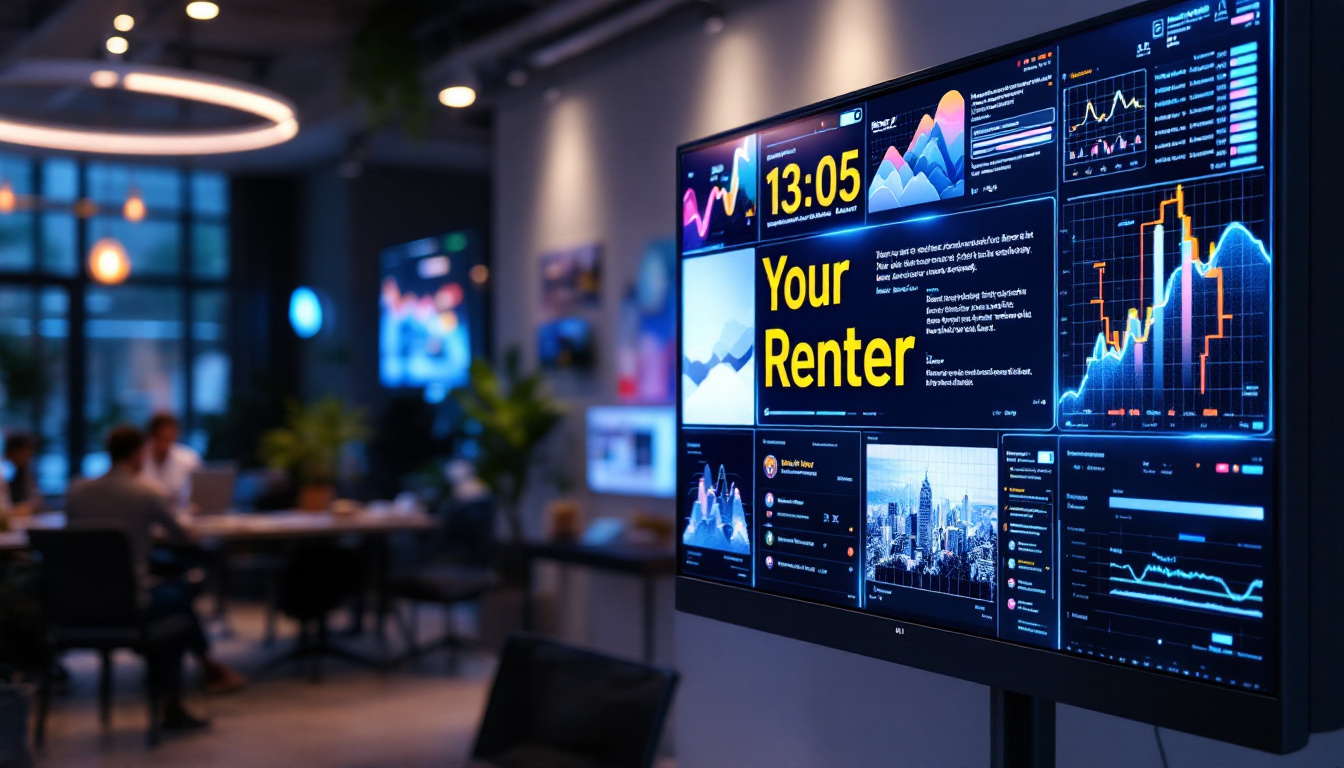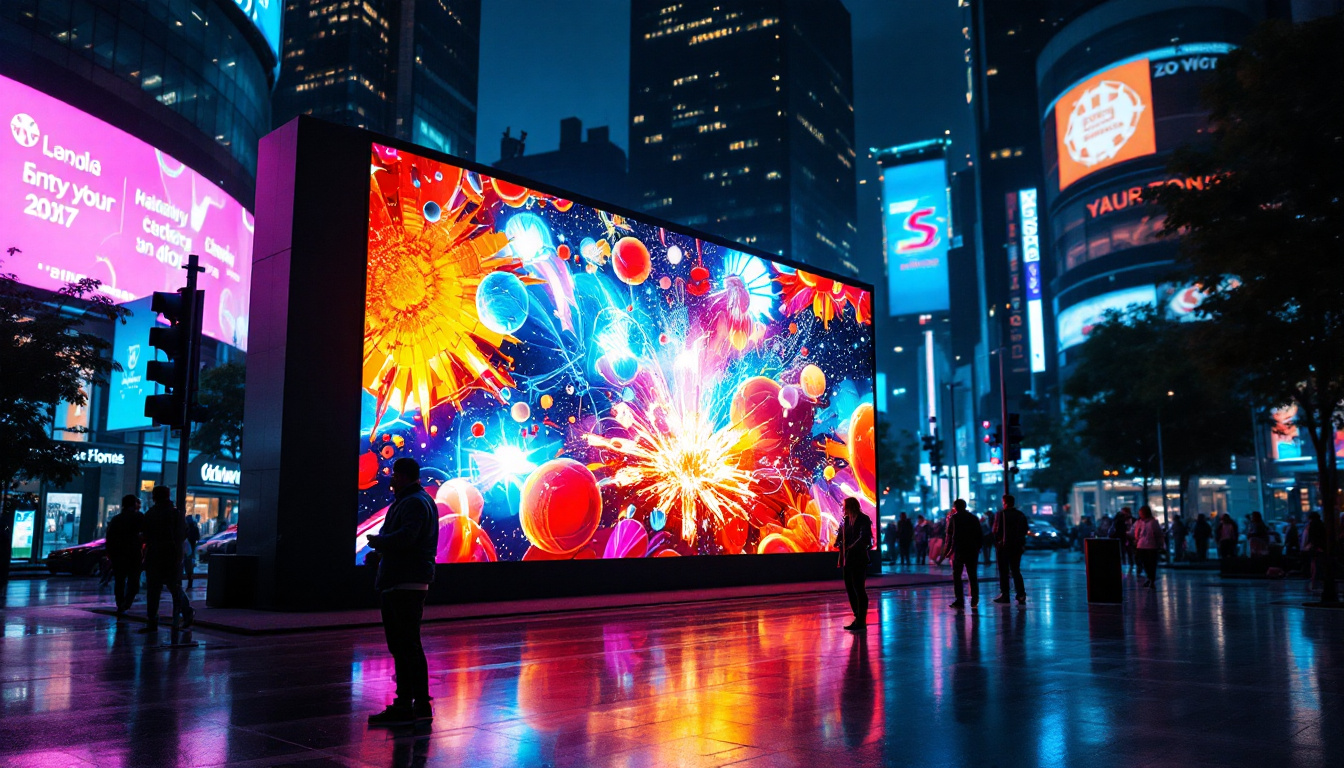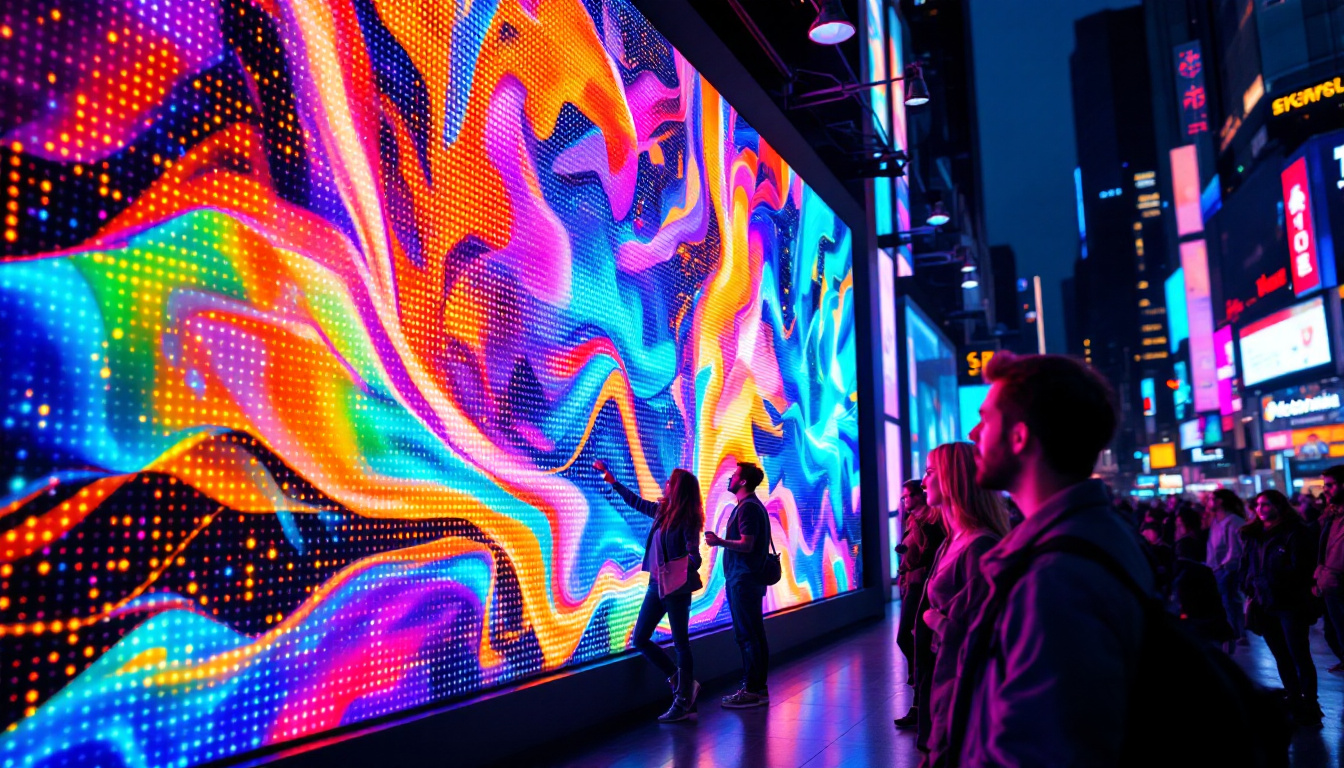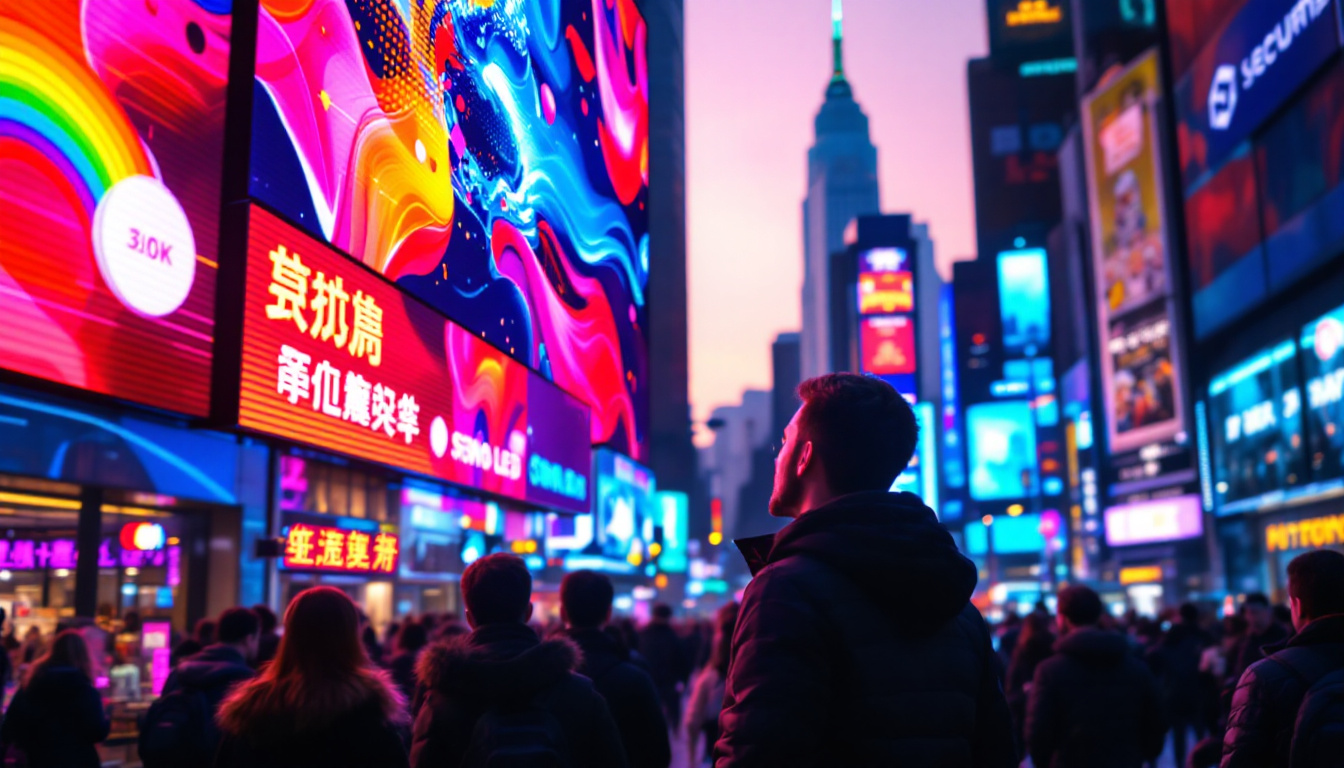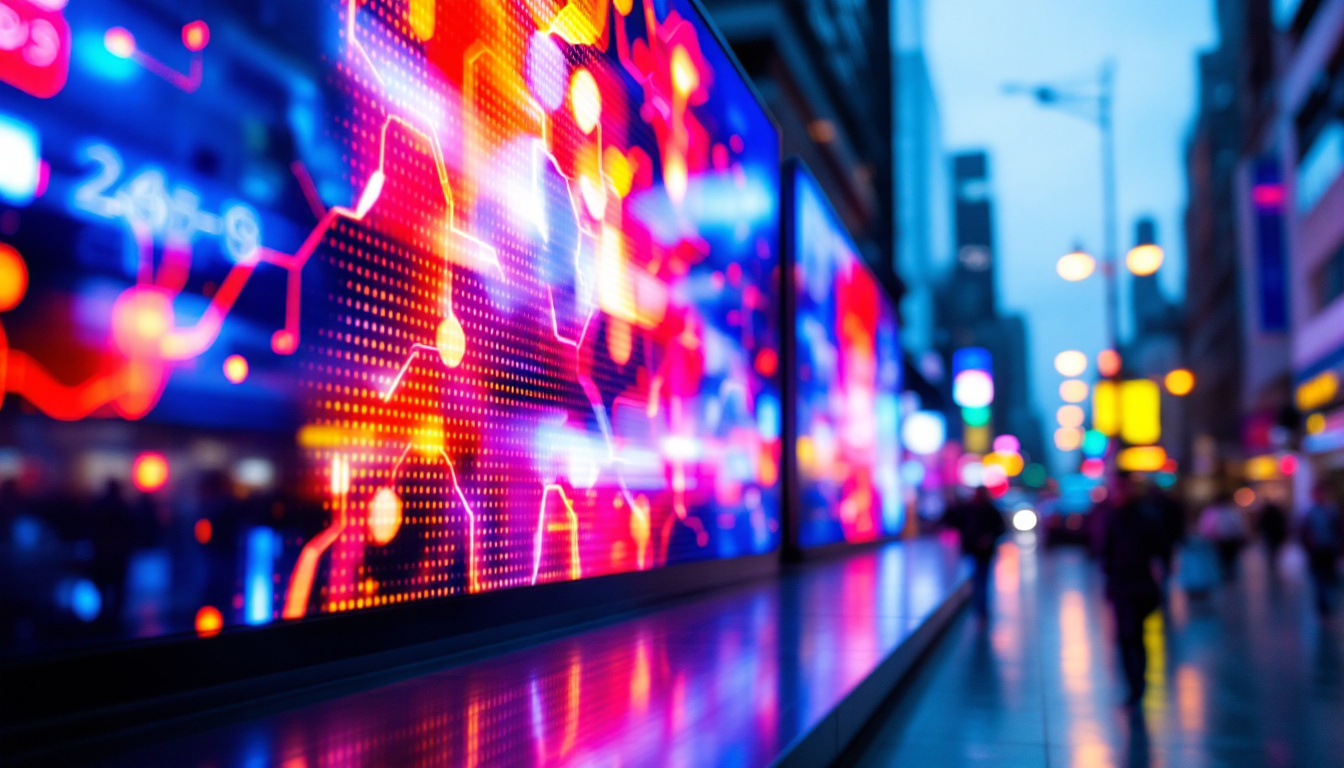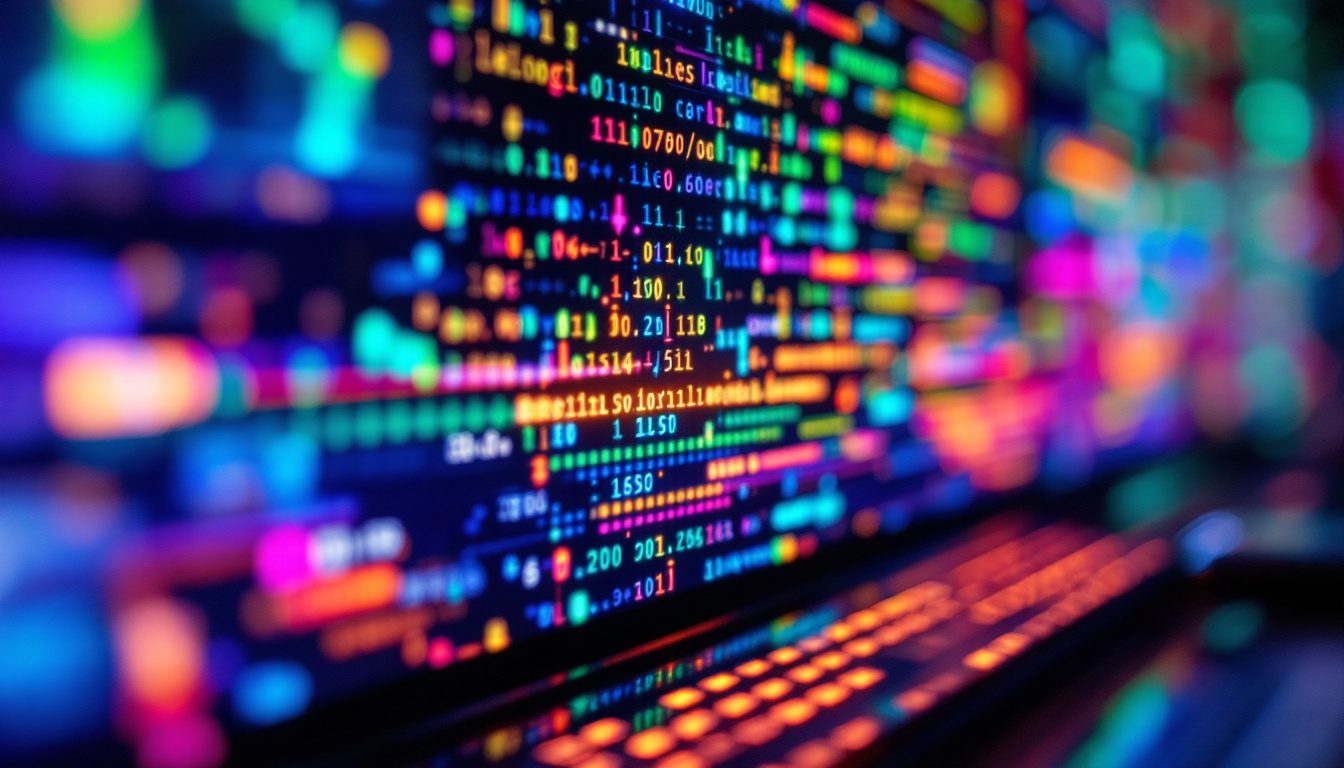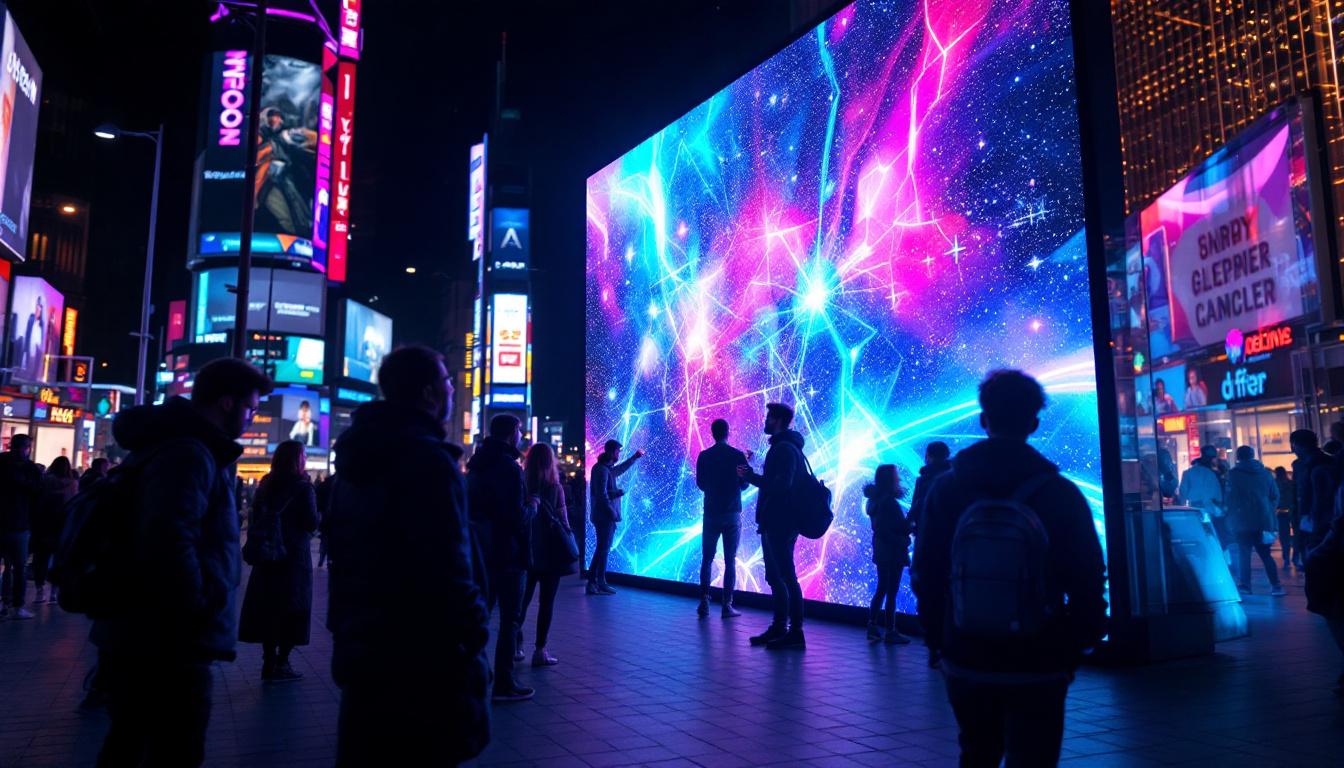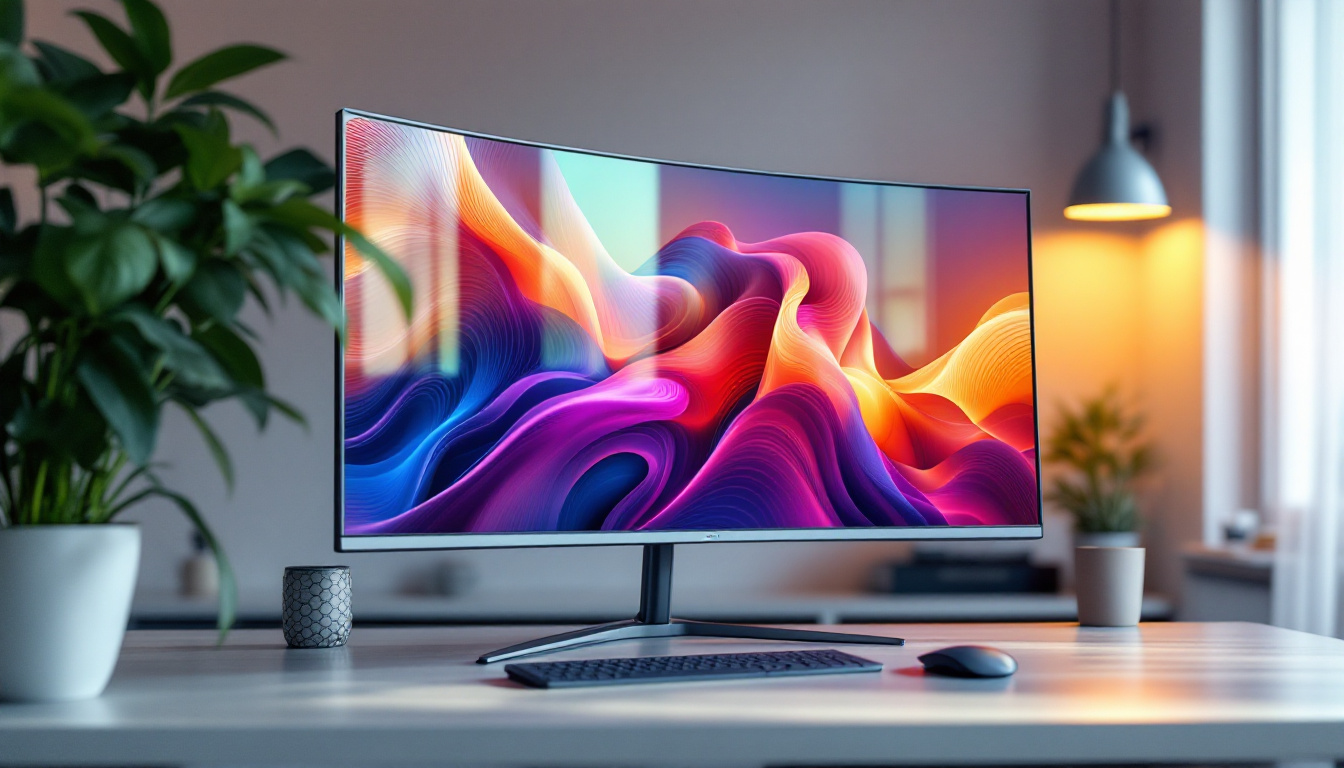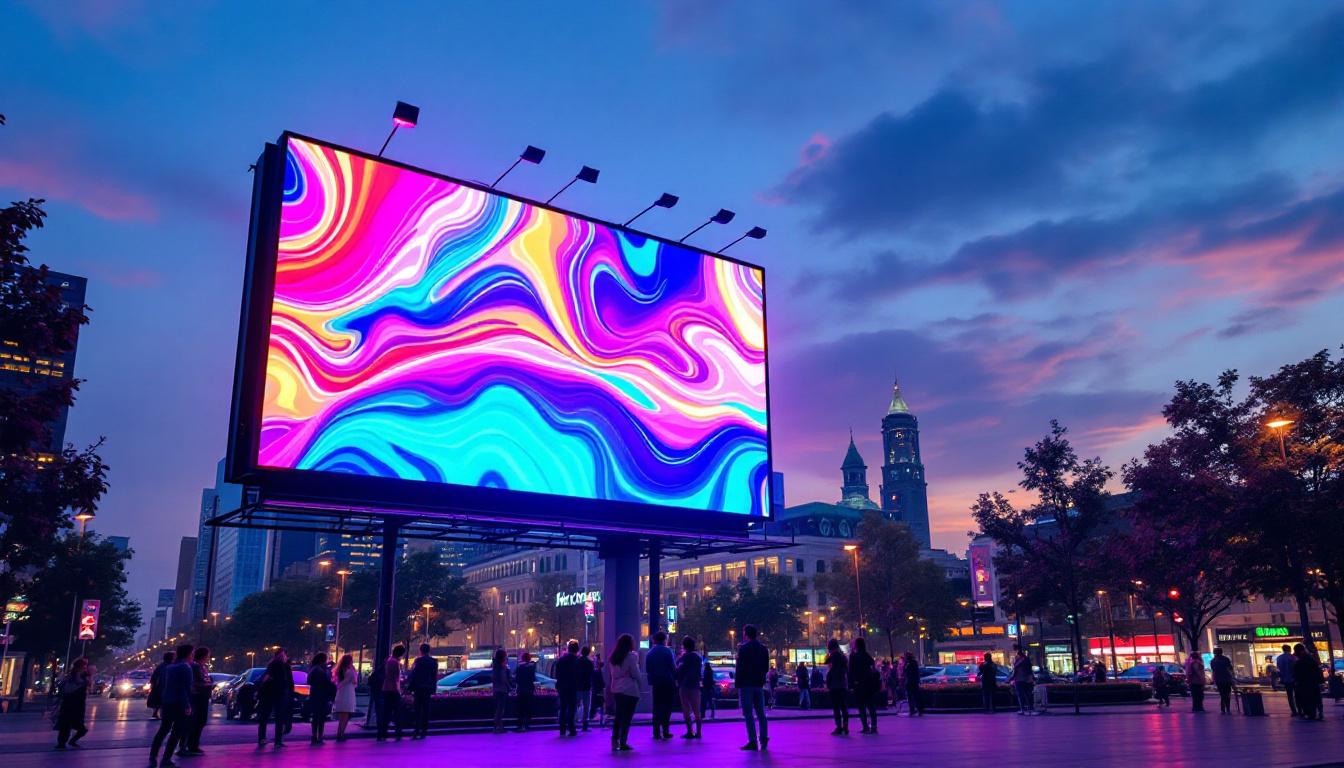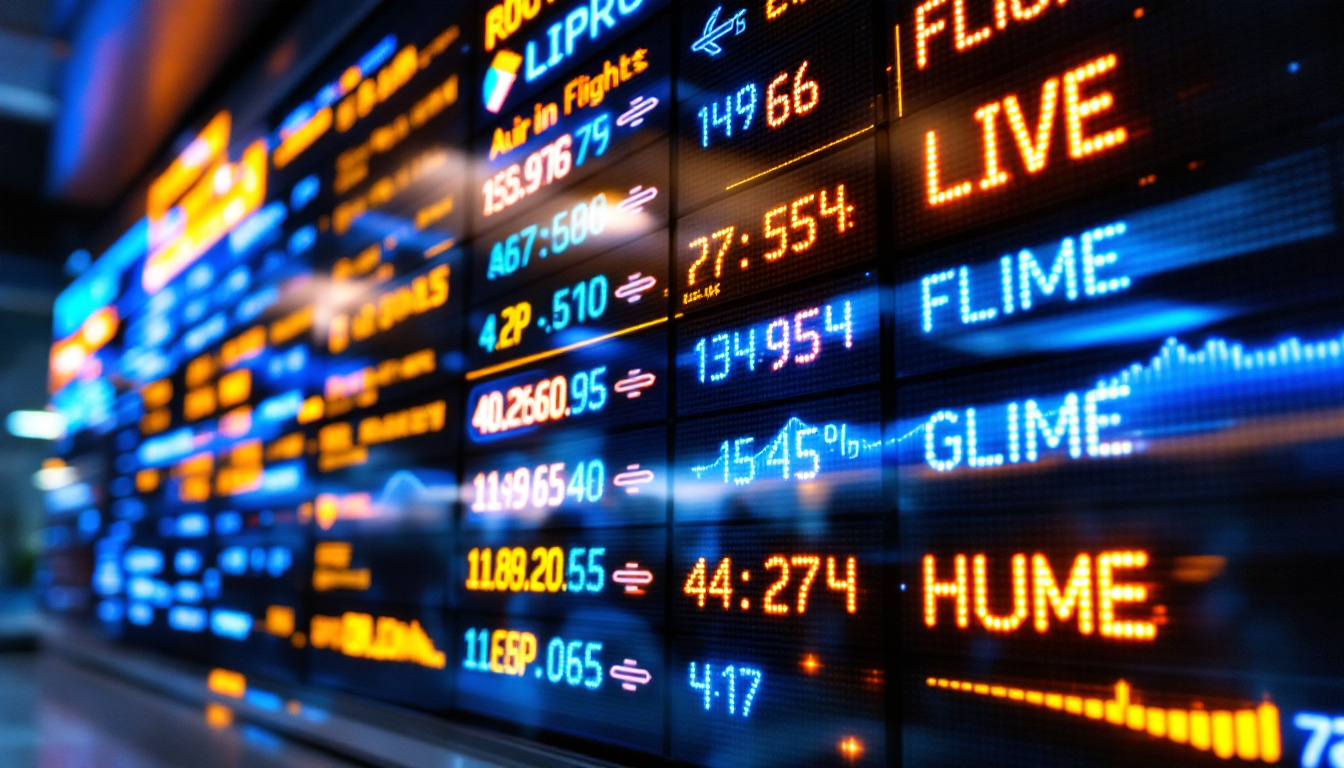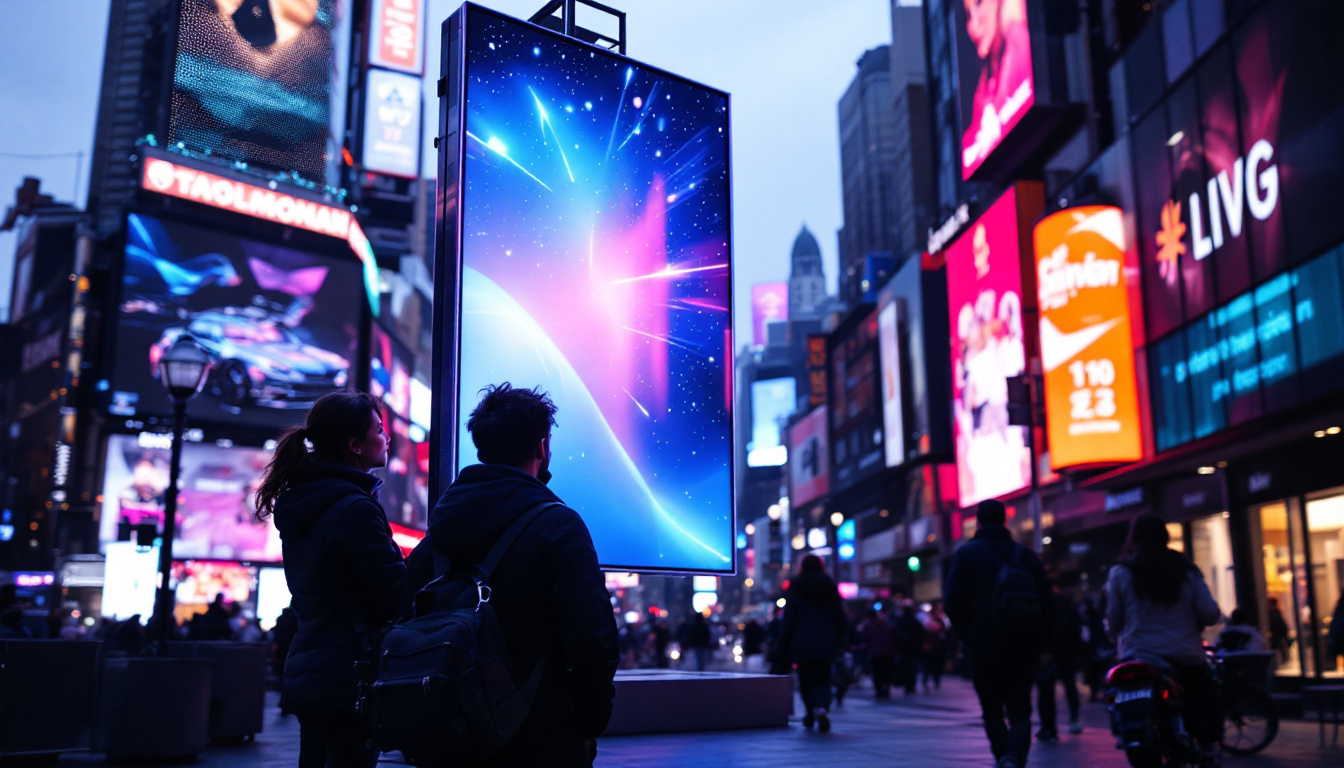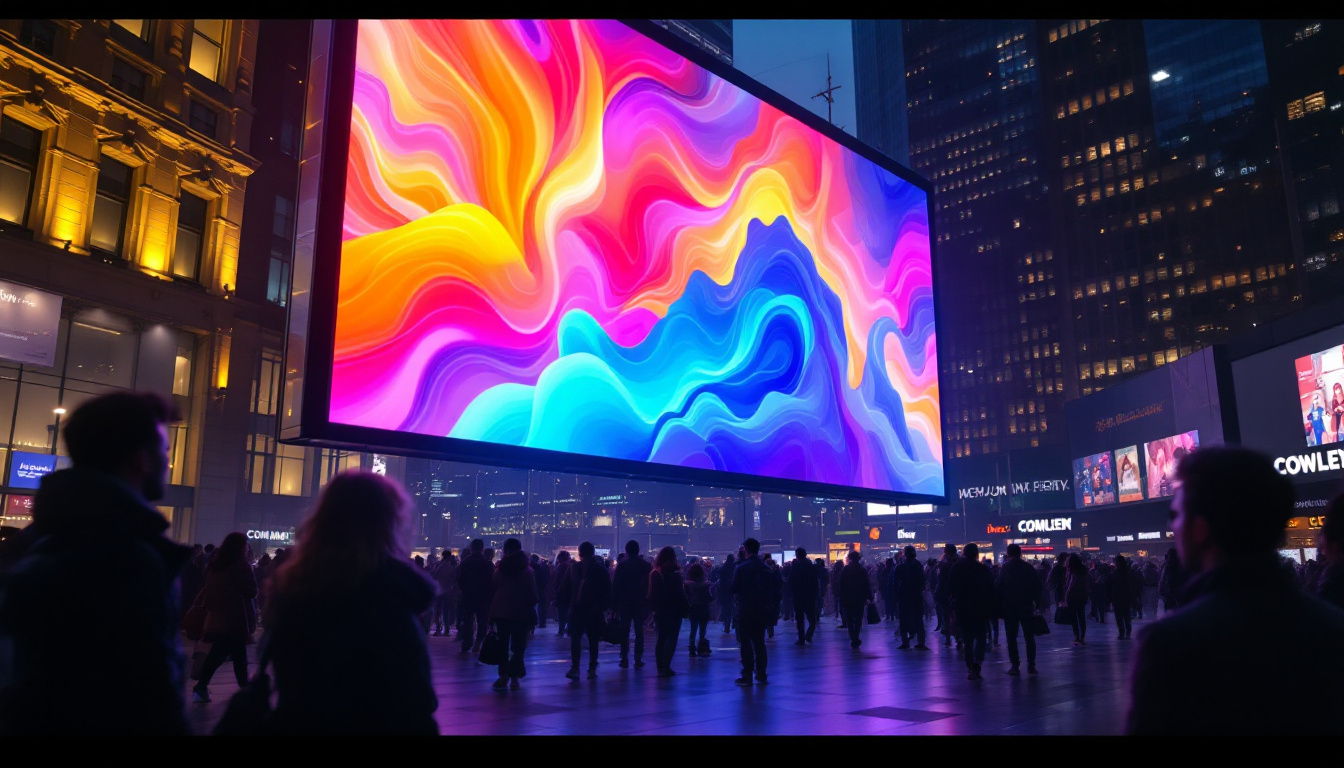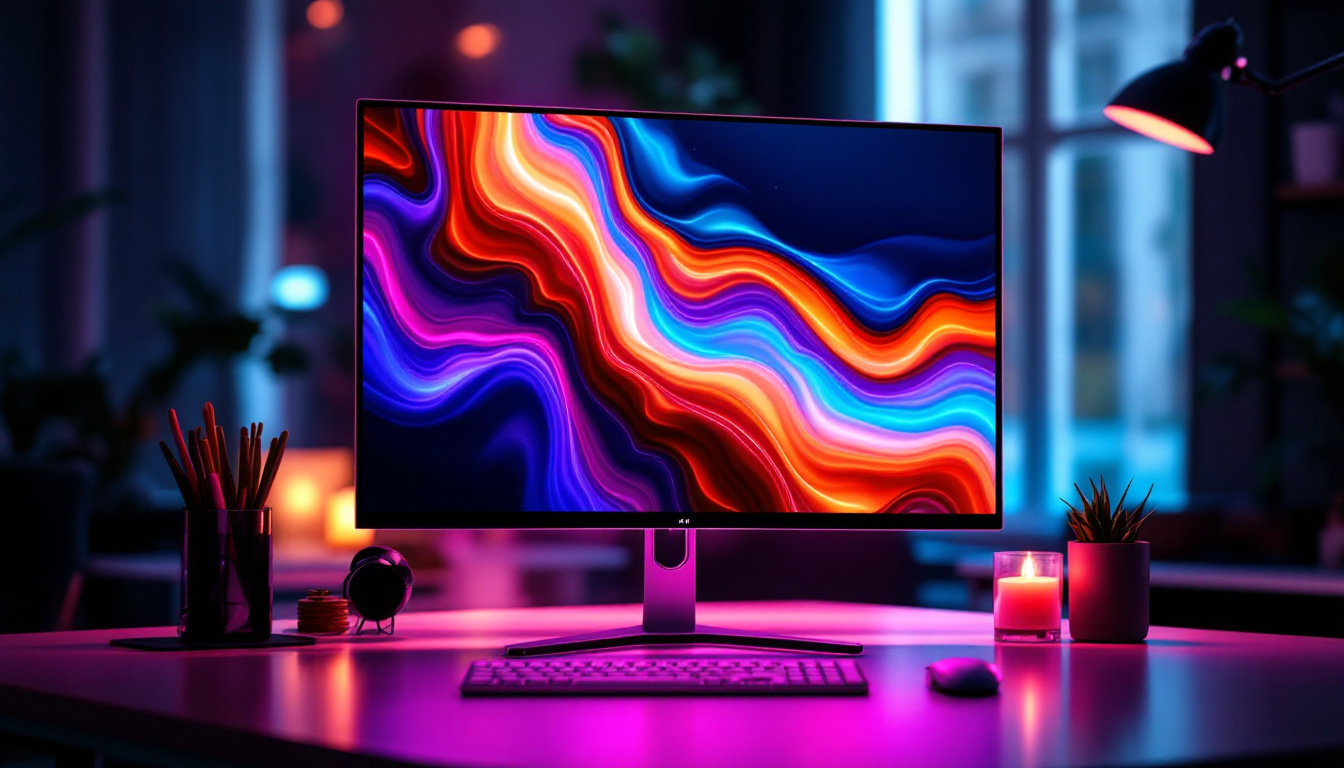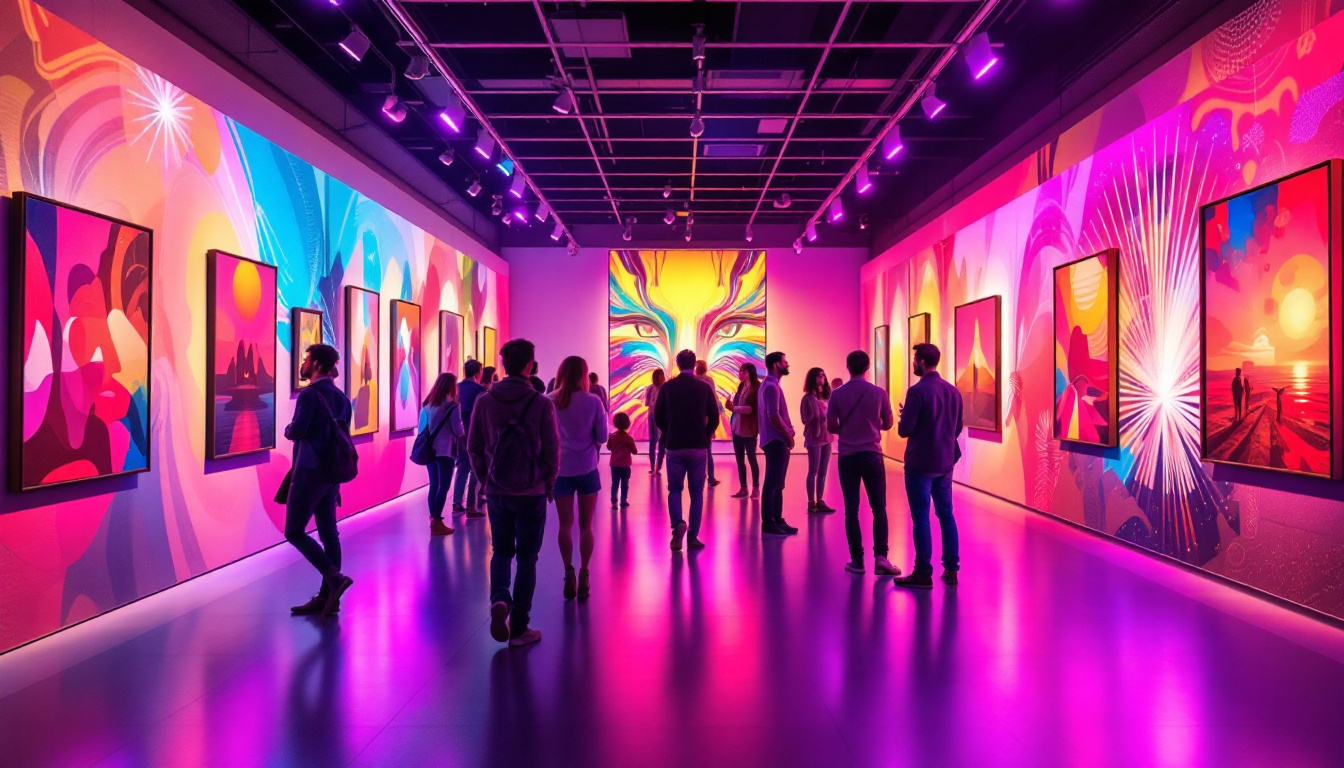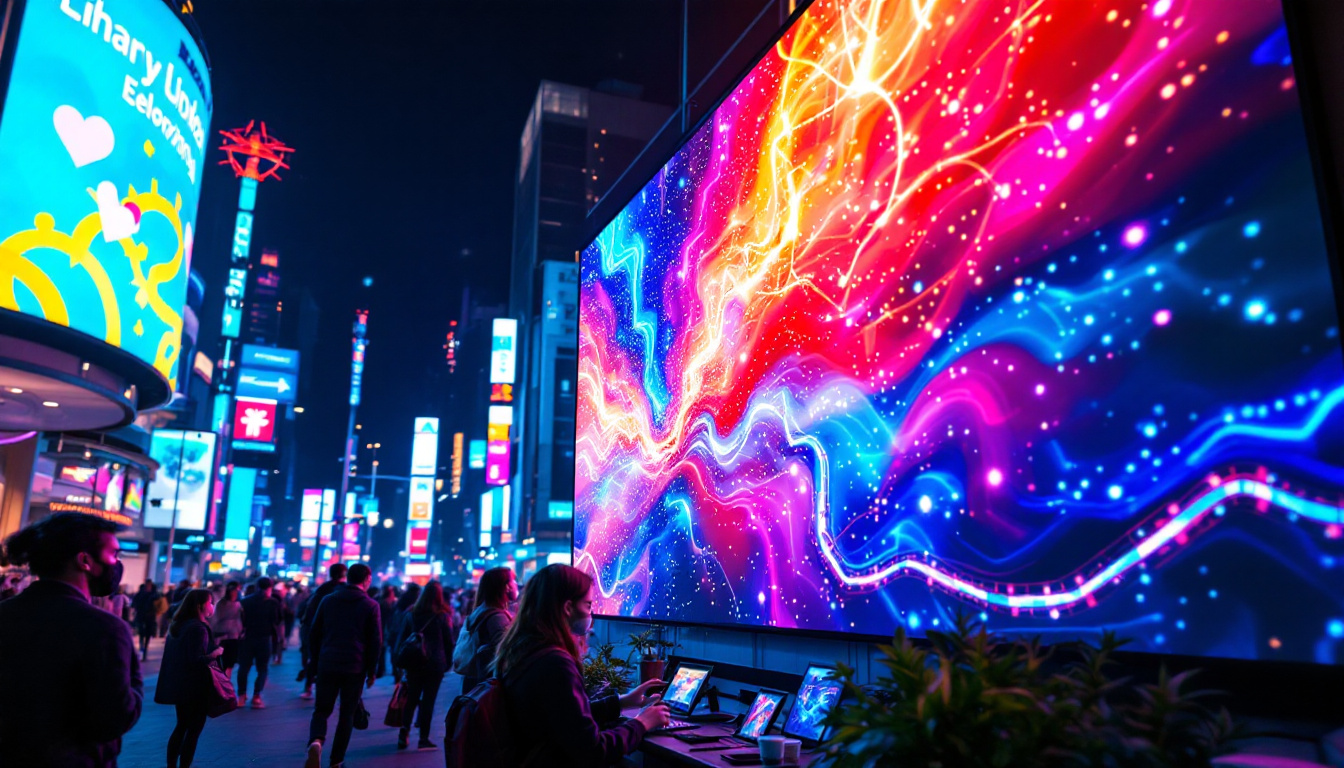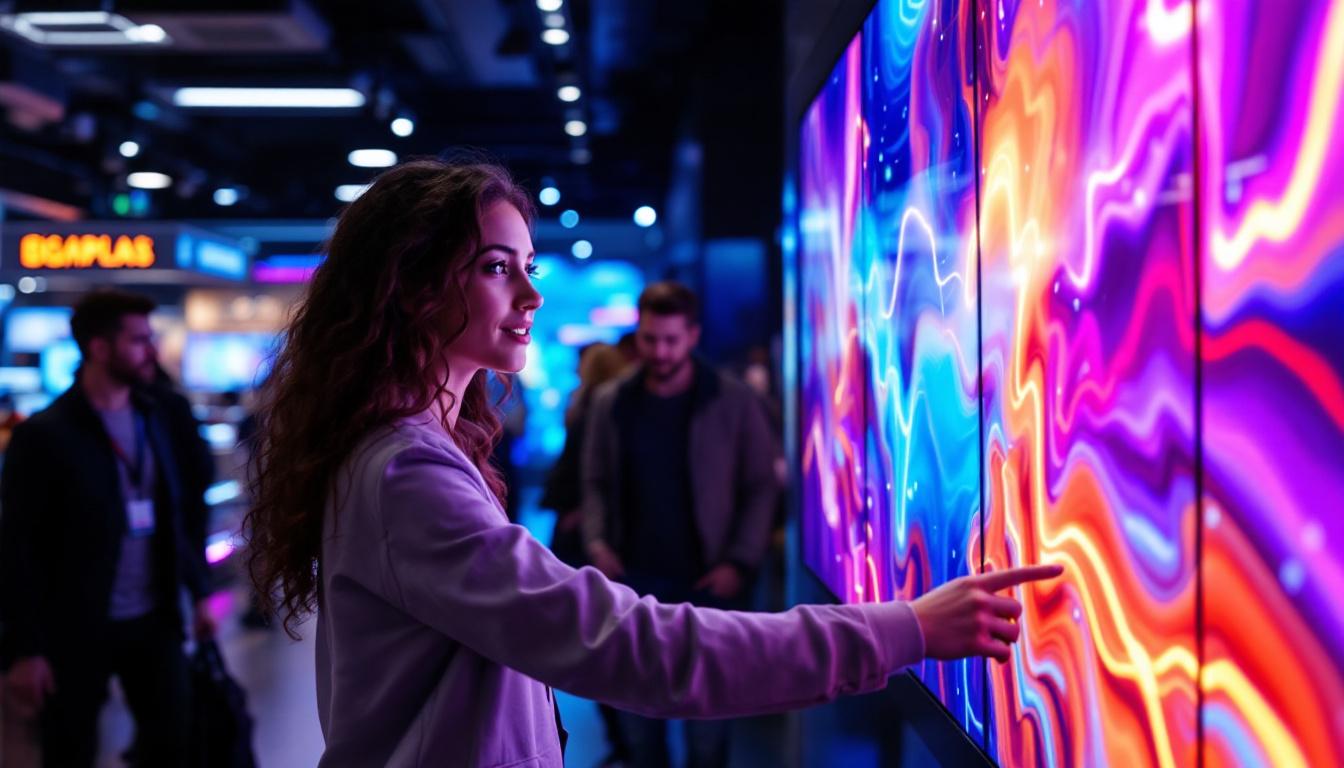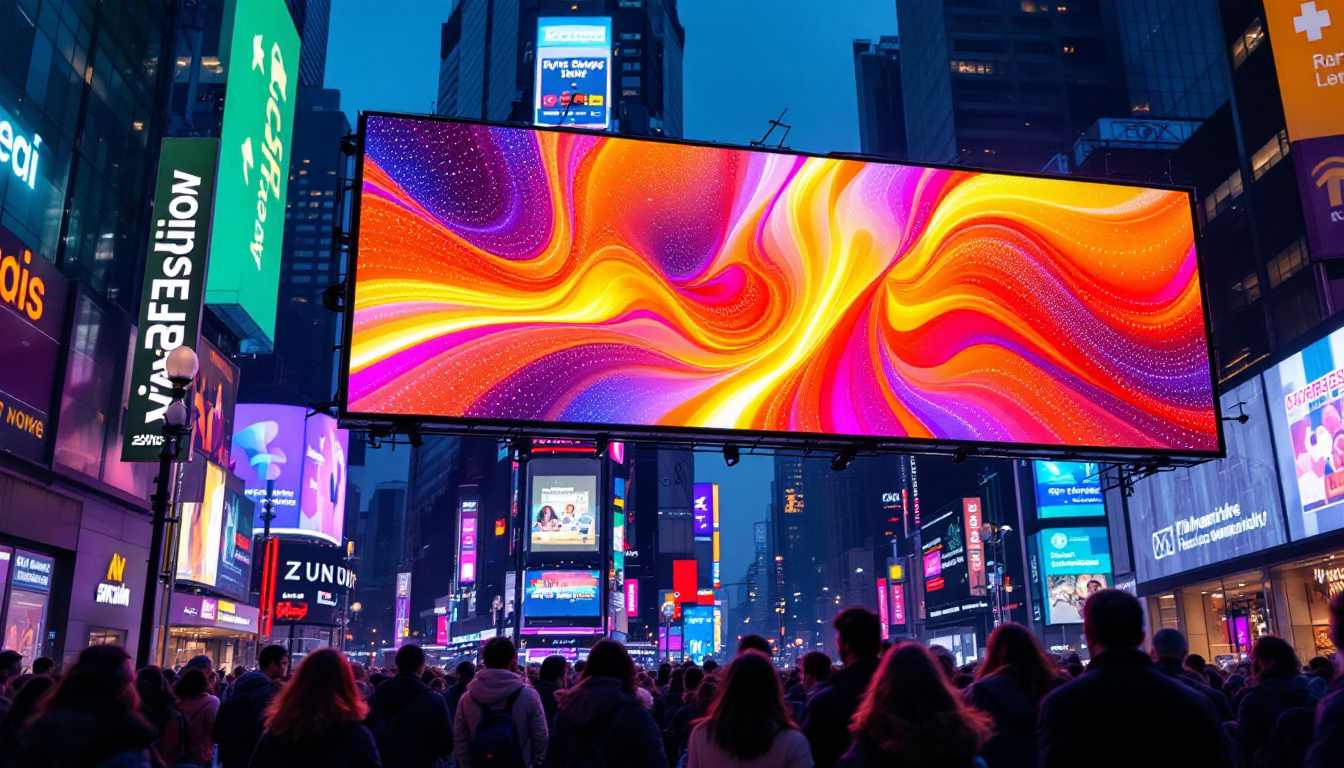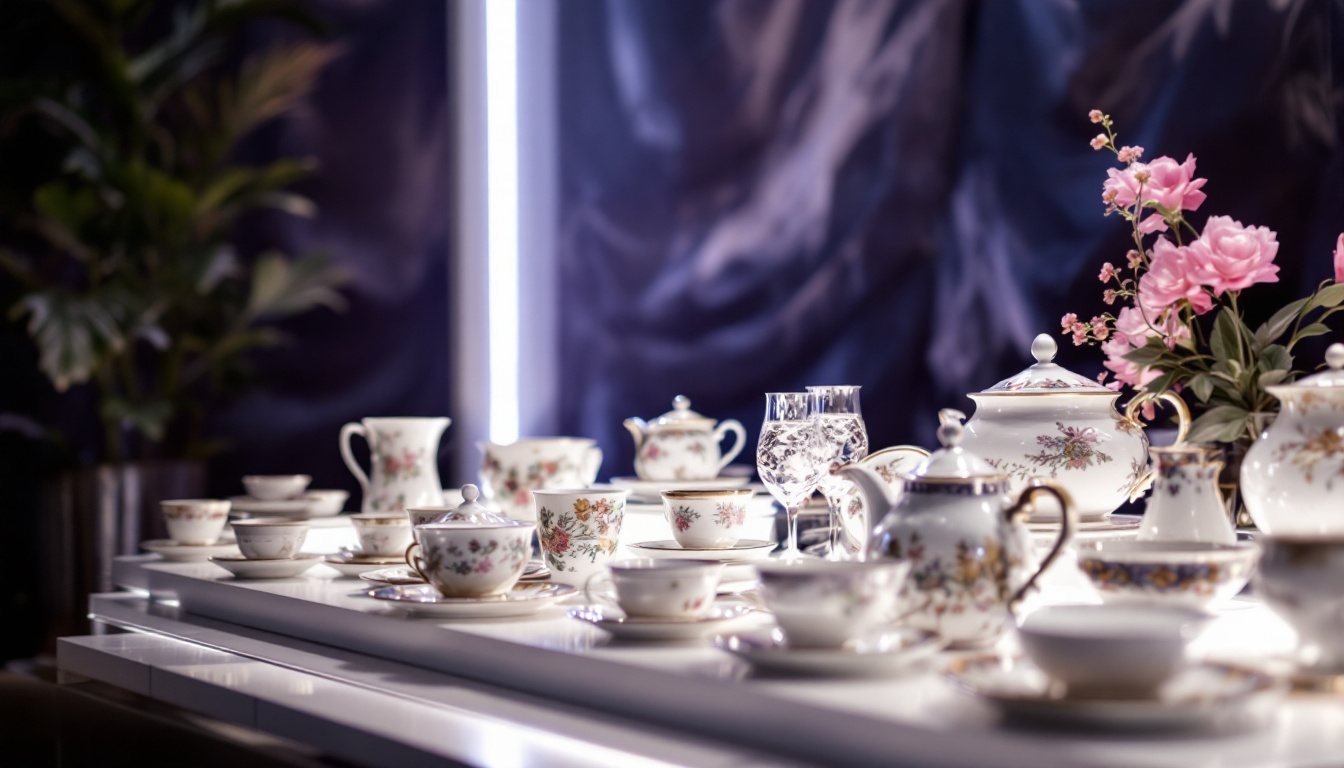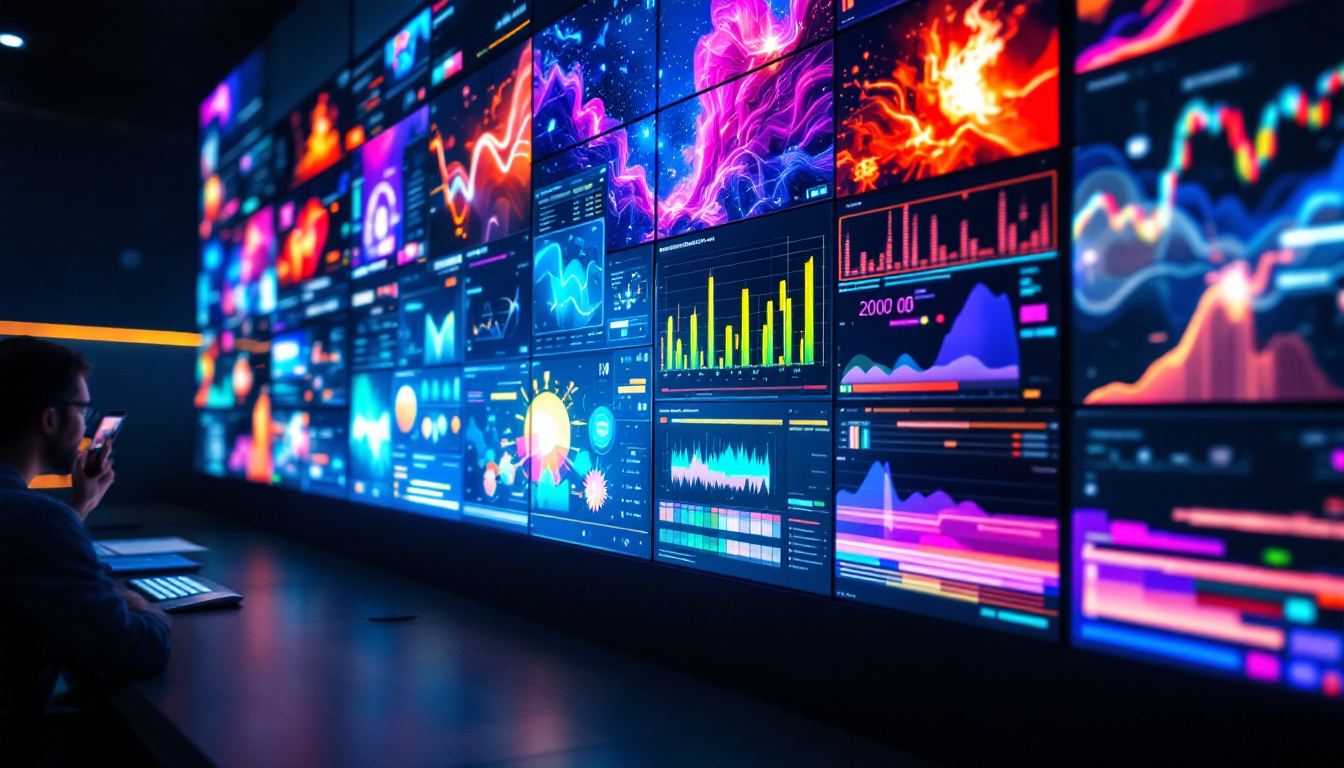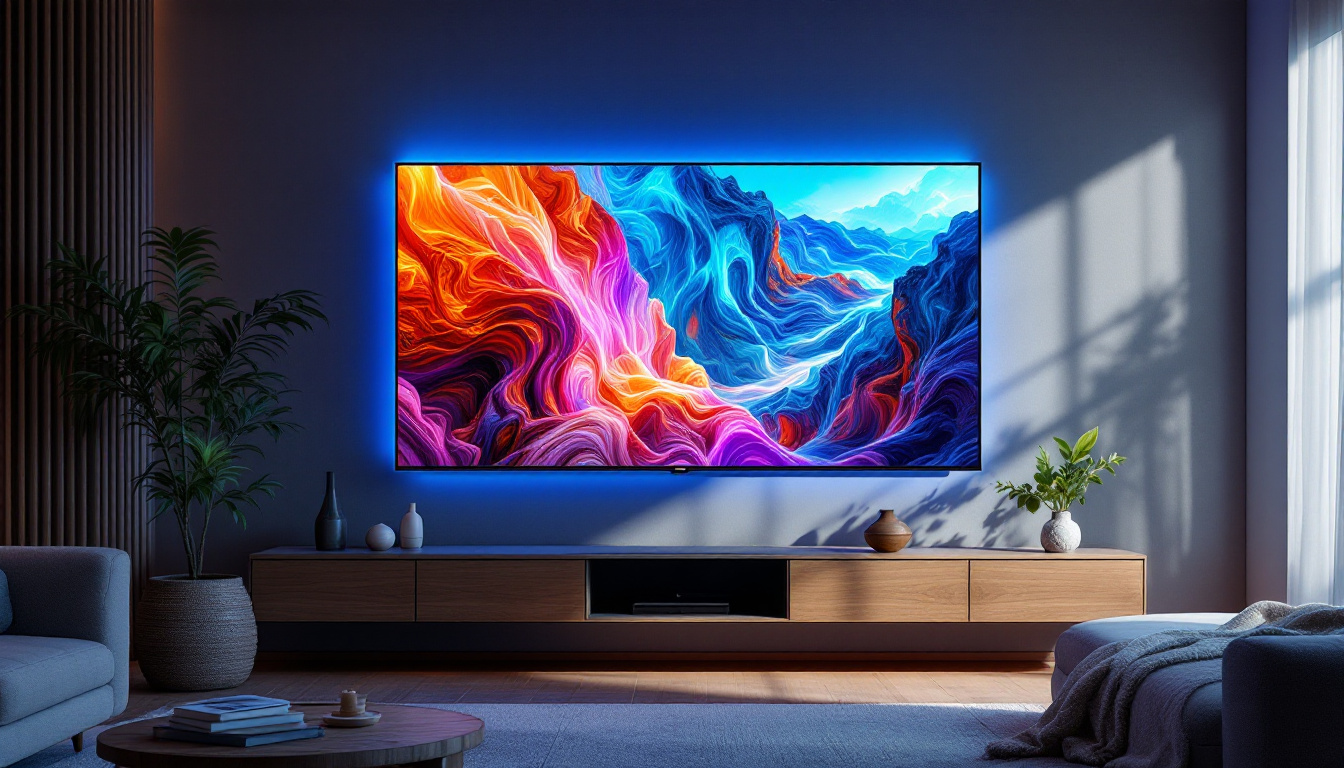In the modern world, LED displays have revolutionized the way information is presented and consumed. From large outdoor billboards to small indoor screens, these displays have become ubiquitous in various settings. This article delves into the intricacies of LED technology, exploring its components, applications, and advantages.
Understanding LED Technology
LED, or Light Emitting Diode, is a semiconductor device that emits light when an electric current passes through it. The technology has advanced significantly since its inception, leading to a wide range of applications in displays. Understanding the basic principles of LED technology is essential for grasping how LED displays function.
The Basics of LED Operation
At its core, an LED operates through electroluminescence. When electrons recombine with holes in the semiconductor material, energy is released in the form of photons, which is visible light. This process is highly efficient, contributing to the popularity of LEDs in various applications.
Different materials used in the semiconductor can produce different colors of light. By combining various colored LEDs, displays can create a full spectrum of colors, allowing for vibrant and dynamic visuals. This capability is one of the reasons why LED displays are preferred over traditional display technologies. Additionally, the longevity of LED lights, which can last tens of thousands of hours, further enhances their appeal, reducing the need for frequent replacements and maintenance. This durability is particularly advantageous for applications in public spaces where accessibility can be a challenge.
Types of LED Displays
LED displays come in various forms, each suited for specific applications. The most common types include:
- Direct View LED Displays: These are composed of individual LED modules that can be arranged to form a larger display. They are often used in outdoor advertising and large venues.
- LED Backlit LCD Displays: These displays use LEDs as a backlight for an LCD panel, enhancing brightness and color accuracy. They are commonly found in televisions and computer monitors.
- Organic LED (OLED) Displays: Utilizing organic compounds, OLEDs offer superior color reproduction and contrast ratios. They are popular in smartphones and high-end televisions.
Moreover, there are also specialized types of LED displays, such as MicroLED and MiniLED technologies. MicroLED displays consist of tiny, microscopic LEDs that can deliver incredible brightness and contrast while maintaining energy efficiency. This technology is still emerging but holds promise for future display innovations, particularly in the realm of virtual and augmented reality. MiniLED, on the other hand, enhances traditional LCD displays by using thousands of miniaturized LEDs for backlighting, resulting in improved contrast and more precise control over local dimming. As research and development continue, these advanced LED technologies are expected to redefine the standards for visual experiences across various devices.
Applications of LED Displays
The versatility of LED displays allows them to be used in a wide range of settings. Their applications span various industries, enhancing both functionality and aesthetics.
Advertising and Marketing
One of the most prominent uses of LED displays is in advertising. High-resolution LED billboards can capture attention with vibrant colors and dynamic content. These displays can be updated in real-time, allowing advertisers to tailor their messages based on time, audience, or other factors.
Moreover, the ability to display animations and videos makes LED displays a powerful tool for marketing campaigns. Brands can create engaging content that resonates with their target audience, leading to increased brand awareness and customer engagement. In addition to traditional billboards, LED displays are increasingly being integrated into retail environments. digital signage in stores can showcase promotions, new arrivals, and even personalized recommendations based on customer behavior, transforming the shopping experience and driving sales.
Events and Entertainment
LED displays have become a staple in the events and entertainment industry. From concerts to sports events, these displays provide crucial information and enhance the overall experience. Large LED screens can show live feeds, advertisements, and interactive content, ensuring that audiences remain engaged.
Additionally, LED displays are often used in stage productions for backdrops and visual effects. Their ability to produce bright and vivid images in various lighting conditions makes them ideal for live performances. The technology has evolved to include flexible and transparent LED screens, allowing for innovative designs that can create immersive environments. For instance, at music festivals, artists can use LED displays to create stunning visual narratives that complement their performances, captivating audiences and elevating the overall atmosphere of the event. Furthermore, in sporting arenas, LED displays are essential for displaying scores, replays, and fan interactions, making them integral to the spectator experience.
Advantages of LED Displays
LED displays offer numerous advantages over traditional display technologies. Understanding these benefits can help businesses and organizations make informed decisions when selecting display solutions.
Energy Efficiency
One of the most significant advantages of LED technology is its energy efficiency. LED displays consume significantly less power compared to traditional incandescent or fluorescent displays. This not only reduces operational costs but also contributes to environmental sustainability.
With lower energy consumption, organizations can reduce their carbon footprint while enjoying the benefits of high-quality displays. This aspect is particularly appealing for businesses looking to enhance their green credentials. Moreover, the ability to adjust brightness levels on LED displays allows for further energy savings, as they can be dimmed during less busy times, optimizing power usage without sacrificing visibility.
Longevity and Durability
LED displays are known for their longevity. With a lifespan that can exceed 100,000 hours, they require less frequent replacements compared to other display technologies. This durability is especially beneficial for outdoor applications, where displays are exposed to harsh weather conditions.
Furthermore, LED displays are resistant to shock and vibration, making them suitable for various environments, including busy public spaces and industrial settings. This resilience translates into lower maintenance costs and a reduced need for replacements. In addition, the modular design of many LED displays allows for easy repairs and upgrades, ensuring that organizations can keep their displays up-to-date without significant downtime or expense. This adaptability is crucial in fast-paced industries where technology is constantly evolving.
Challenges and Considerations
While LED displays offer numerous benefits, there are also challenges and considerations that potential users should be aware of. Understanding these factors can help in making informed decisions.
Initial Costs
The initial investment for LED displays can be higher compared to traditional display technologies. Although prices have decreased over the years, high-quality LED displays can still represent a significant expense for businesses and organizations.
However, it is essential to consider the long-term savings associated with energy efficiency and durability. Over time, the lower operational costs can offset the initial investment, making LED displays a cost-effective solution in the long run. Additionally, many manufacturers now offer financing options or leasing arrangements that can help mitigate the upfront costs, allowing businesses to spread out their investment over time while still enjoying the benefits of advanced display technology.
Installation and Maintenance
Installing LED displays can be complex, requiring specialized knowledge and skills. Proper installation is crucial to ensure optimal performance and longevity. Organizations may need to hire professionals for installation, which can add to the overall cost.
Additionally, while LED displays are durable, they still require regular maintenance to ensure optimal performance. This includes cleaning, software updates, and occasional repairs, which should be factored into the overall budget. It’s also worth noting that the environment in which the display is installed can significantly impact maintenance needs; for example, displays in outdoor settings may require more frequent cleaning due to exposure to dust, rain, and other elements. Furthermore, keeping up with technological advancements is essential, as software updates can enhance functionality and security, ensuring that the display remains competitive and effective for its intended purpose.
The Future of LED Displays
The future of LED displays looks promising, with ongoing advancements in technology and applications. As industries continue to evolve, LED displays are likely to play an increasingly important role in various sectors.
Innovations in Technology
Research and development in LED technology are paving the way for even more advanced displays. Innovations such as microLED and miniLED technologies are emerging, offering higher resolutions and improved color accuracy.
These advancements may lead to new applications, including flexible displays and transparent screens, further expanding the possibilities for LED technology in various industries. For example, the development of flexible LED displays could revolutionize the way we interact with technology, allowing screens to be integrated into clothing or curved surfaces, creating a more immersive experience. Additionally, transparent LED displays could open up new avenues in advertising and architecture, enabling businesses to showcase dynamic content without obstructing views or natural light.
Integration with Smart Technologies
As smart technologies become more prevalent, LED displays are likely to integrate seamlessly with them. This integration can enhance user experience, allowing for interactive and personalized content delivery.
For instance, LED displays can be connected to IoT devices, enabling real-time data visualization and dynamic content updates. This capability can be particularly beneficial in environments such as smart cities, where information needs to be communicated efficiently and effectively. Moreover, the integration of artificial intelligence with LED displays can lead to more adaptive content that responds to viewer behavior and preferences, transforming passive viewing into an engaging, interactive experience. Imagine a digital billboard that changes its advertisements based on the demographic data of the audience in front of it, or a smart home system that utilizes LED displays to provide personalized notifications and updates to residents, enhancing convenience and connectivity in everyday life.
Conclusion
LED displays have transformed the way information is shared and consumed across various sectors. Their energy efficiency, longevity, and versatility make them a preferred choice for businesses and organizations looking to enhance their visual communication.
While there are challenges associated with initial costs and installation, the long-term benefits often outweigh these considerations. As technology continues to advance, the future of LED displays promises exciting possibilities, making them an integral part of modern communication strategies.
In summary, understanding LED technology, its applications, and advantages can empower businesses to make informed decisions and leverage this innovative technology to its fullest potential.
Discover LumenMatrix’s Innovative LED Solutions
Ready to elevate your visual communication with the latest LED technology? LumenMatrix is at the forefront of LED display innovation, offering a diverse range of products that cater to every need—from Indoor and Outdoor LED Wall Displays to specialized solutions like Vehicle LED Displays and LED Sports Displays. Our mission is to create immersive visual experiences that captivate your audience and amplify your message. Don’t miss the opportunity to transform your space with our cutting-edge LED display modules. Check out LumenMatrix LED Display Solutions today and see the difference for yourself.

